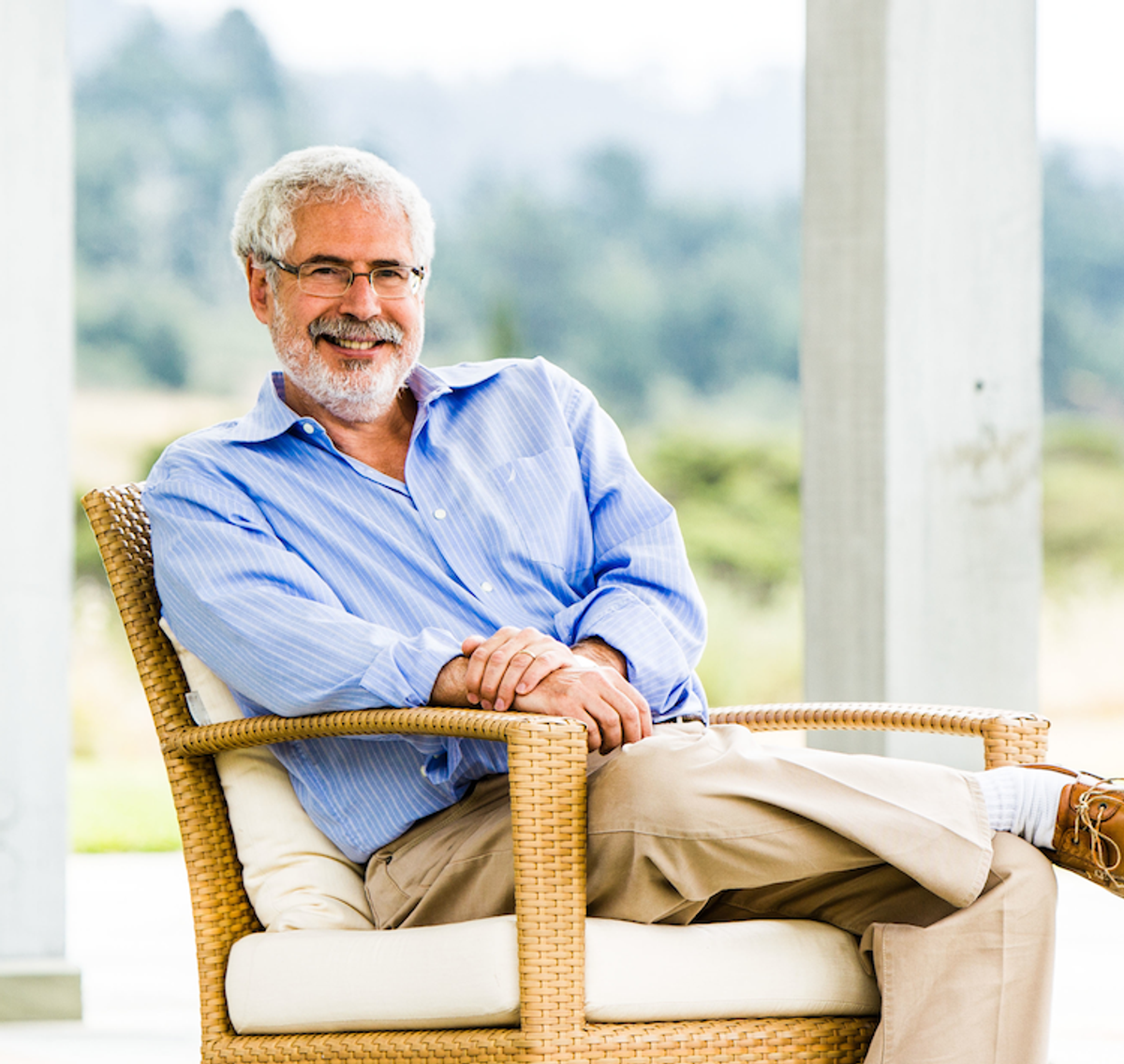But really, Blank told a rapt audience of entrepreneurs, venture capitalists, and start-up wannabes at Demo Mobile 2013 this week, the only place writing a business plan should be discussed is “in the English department, as creative writing.” The only place outside of Silicon Valley where five-year plans based on complete unknowns have been required was the Soviet Union, he said, “and look how that worked out.”
Instead, startups should expect to go from failure to failure. Because on the first day, you don’t have a plan. “You have a series of untested hypotheses,” he says, “or that’s what I tell my students at Stanford. Outside of Stanford we call them eff’n' guesses.”
To support this plan-less approach to entrepreneurship, Blank brought a series of entrepreneurs to the stage to talk about their experiences. Matt Brezina, CEO of Sincerely, a company that turns personal photos into mailed greeting cards, said the company launched a number of different apps under different brand names as tests of concepts, including a photo printing service and stock greeting cards, before coming up with the concept of personalized greeting cards, that is now commercial as the product “Ink.” He found his first test market by mining his roommates’ Facebook pages; the company did later market research by walking across the street to a shopping mall and stopping shoppers to show them paper mockups, wireframes, and other early app designs. “Malls have people who buy stuff,” said Brezina, “and they’re my customers.”
Gentry Underwood, founder of Orchestra, a company recently purchased by Dropbox, set out to develop a shared to-do list, an app that eventually morphed into Mailbox, a way to handled e-mail efficiently on a mobile device. Orchestra started off intending to offer people who were using e-mail backlogs as de facto to-do lists off e-mail a real to-do list app. But the company ended up trying to make the entire e-mail experience better. It wasn’t “a big pivot,” Underwood said, rather “a series of incremental steps.”
Initially “we made a mistake in the business model,” Underwood said. “Because e-mail was a terrible to-do list we thought we could get people to use a another to-do list. But what we had to do was fix e-mail.”
Deena Varshavskya, CEO of Wanelo, also admitted to making a lot of mistakes, some expensive, in developing her shopping app. She advises testing concepts as web pages before committing to developing an app, and avoiding feature creep. “Understand the one thing that makes a difference,” she advised the Demo attendees, “and put your entire energy behind that.” In the end, she said, after two years of experimenting, Wanelo removed all the features that weren’t working and ended up with a clean—and successful—approach.
Follow me on Twitter @TeklaPerry.
Photo: Steve Blank. Credit: SteveBlank.com.
Tekla S. Perry is a senior editor at IEEE Spectrum. Based in Palo Alto, Calif., she's been covering the people, companies, and technology that make Silicon Valley a special place for more than 40 years. An IEEE member, she holds a bachelor's degree in journalism from Michigan State University.




